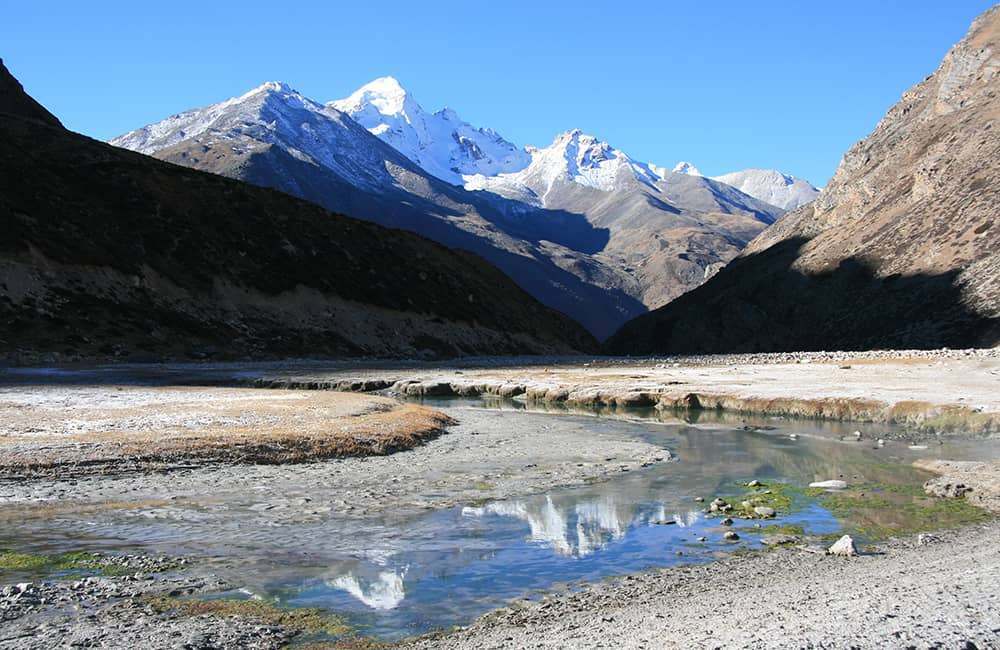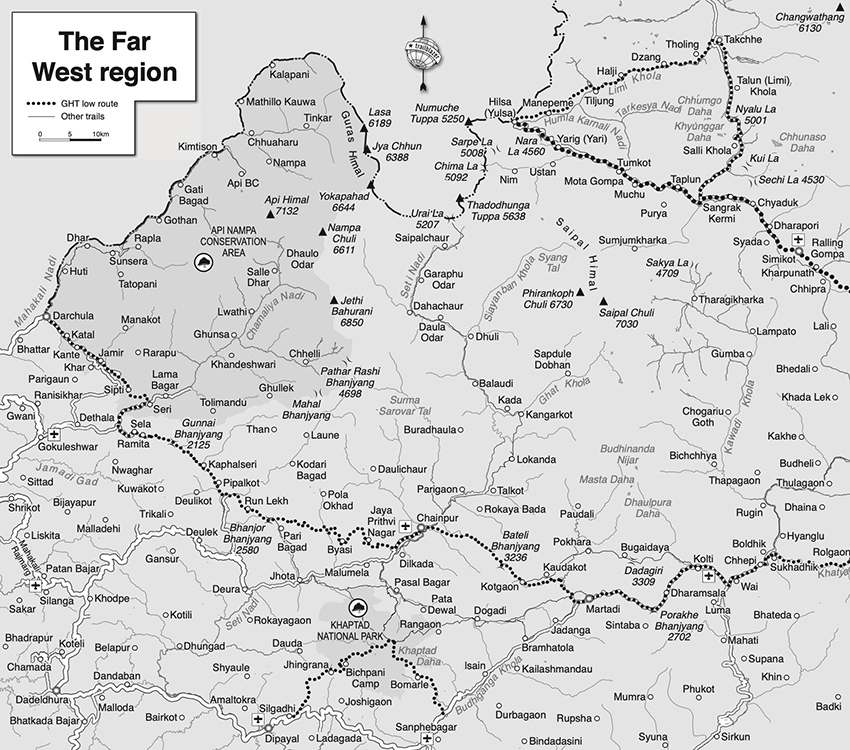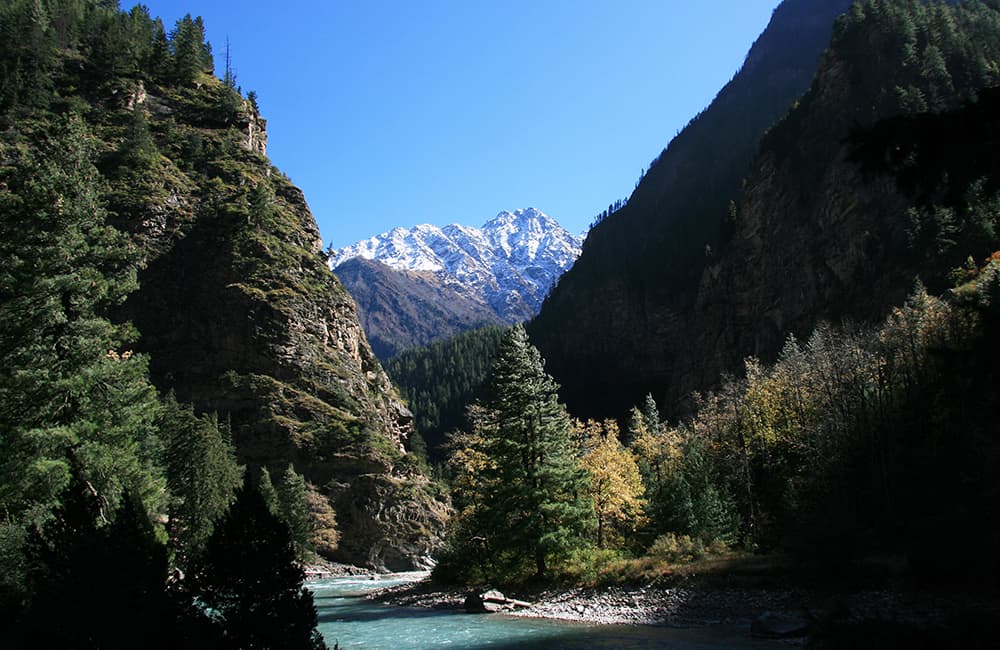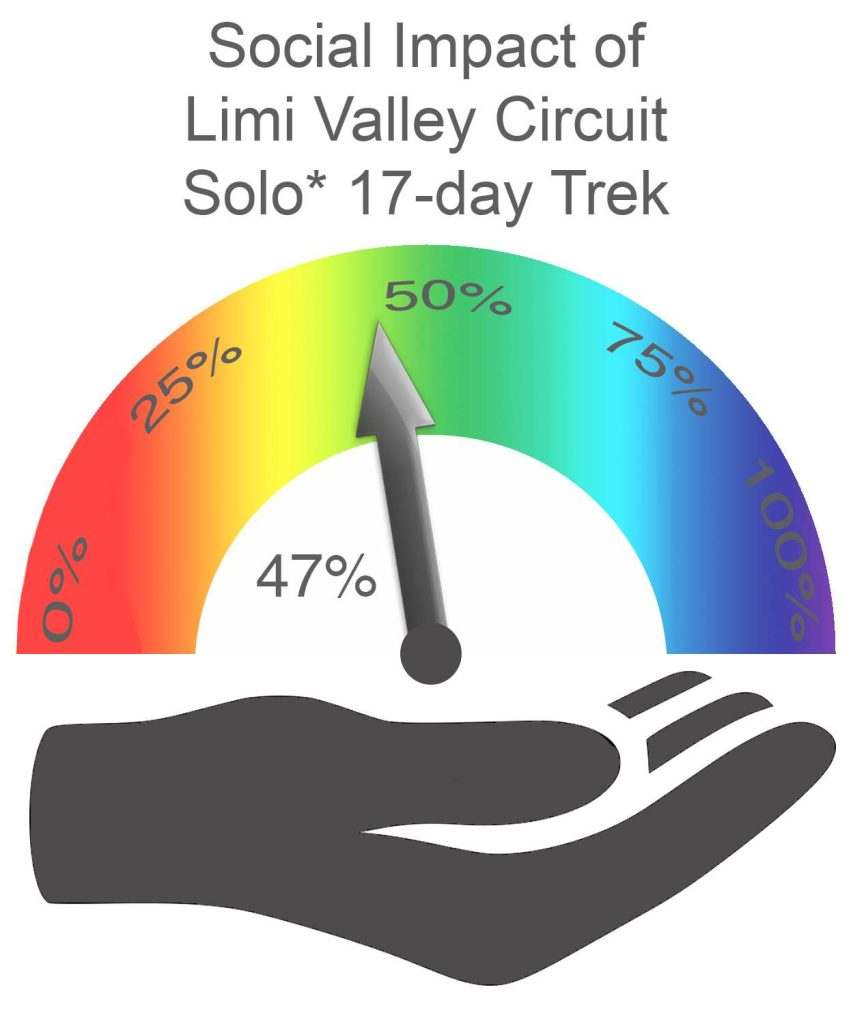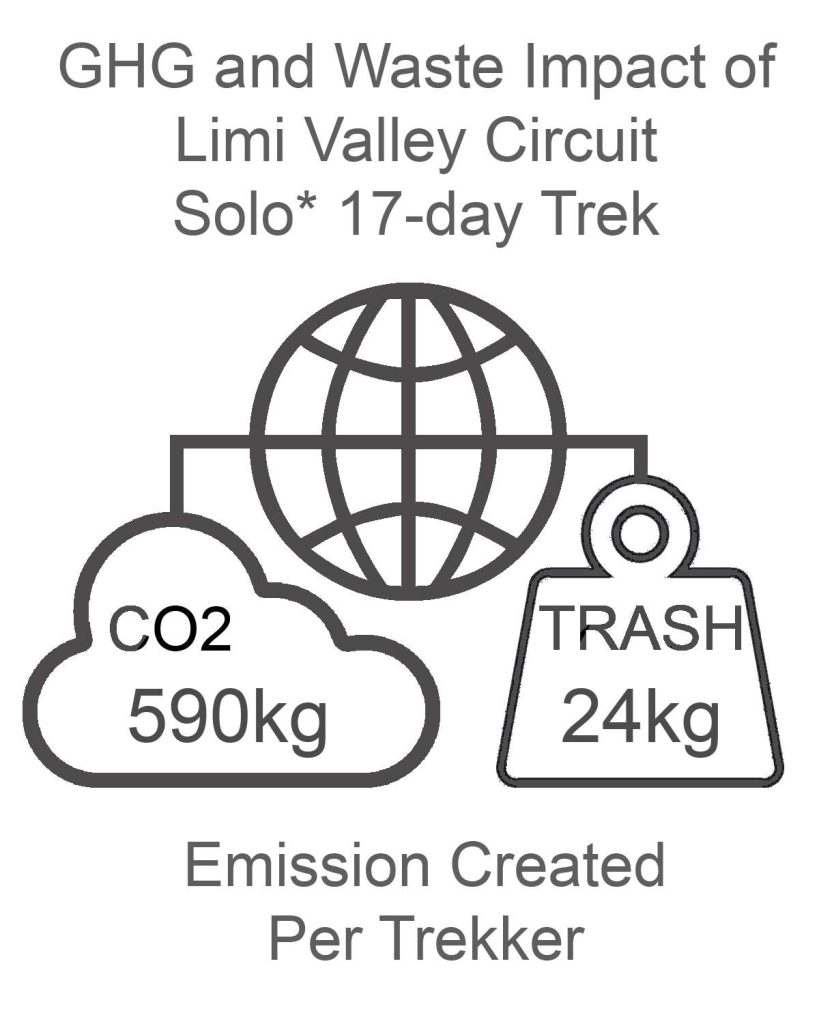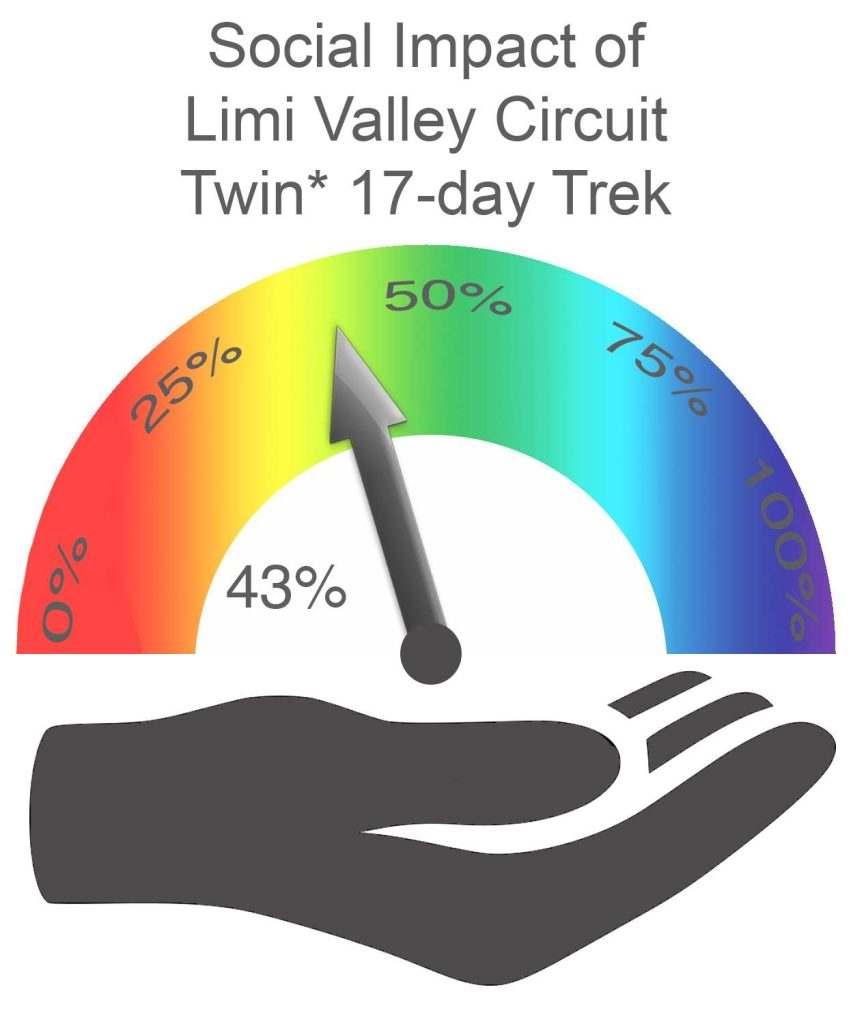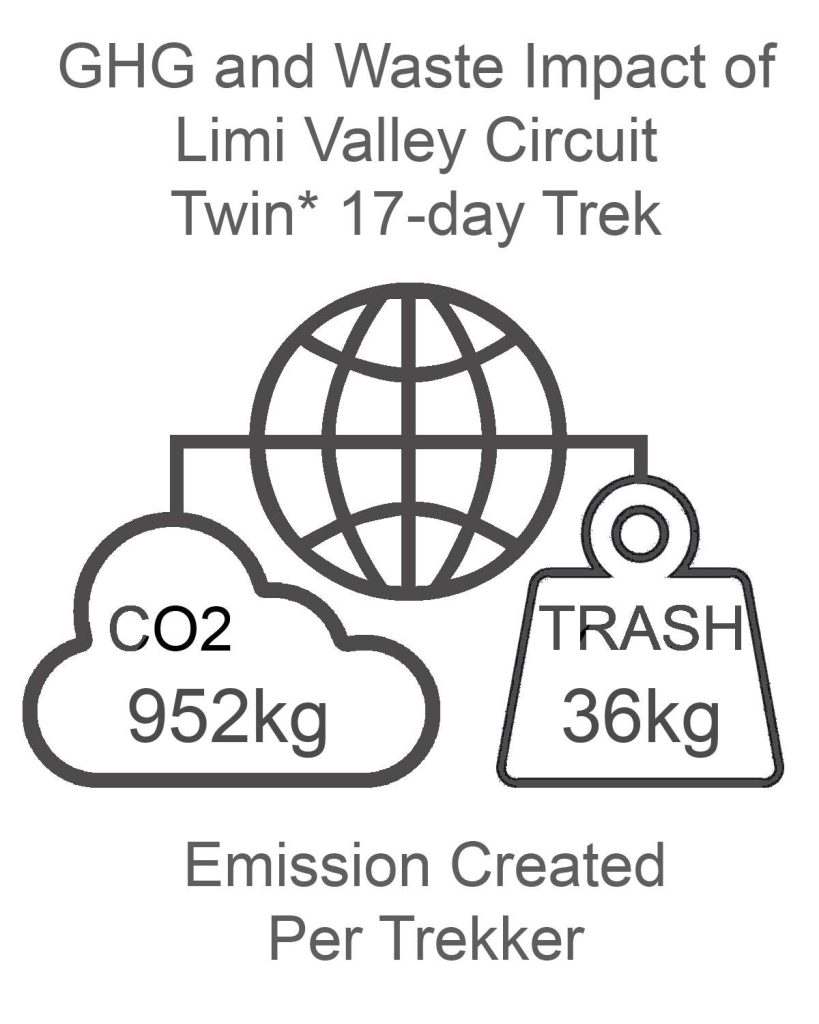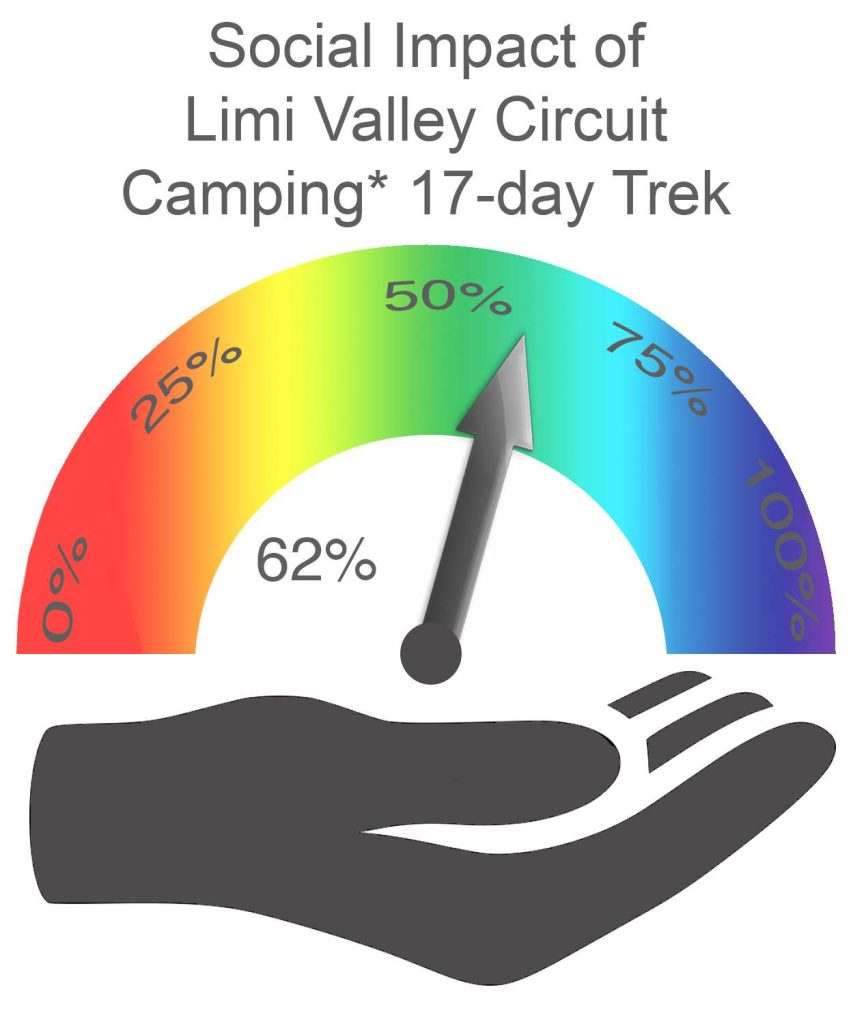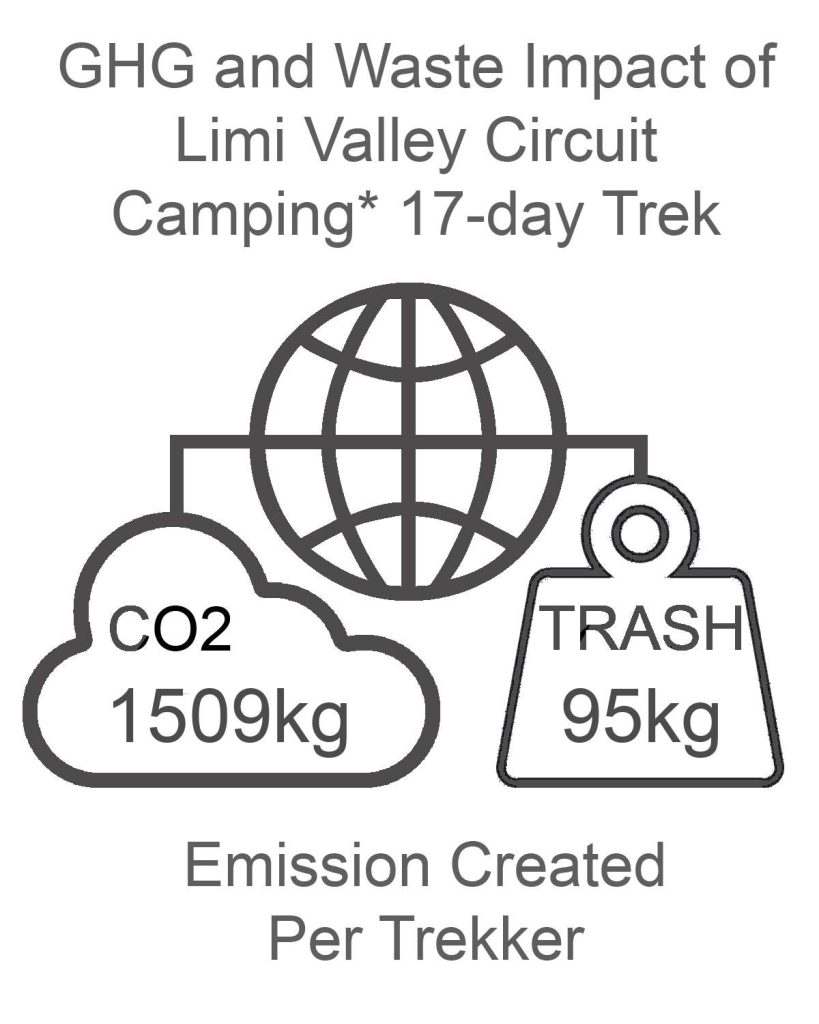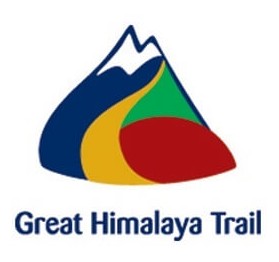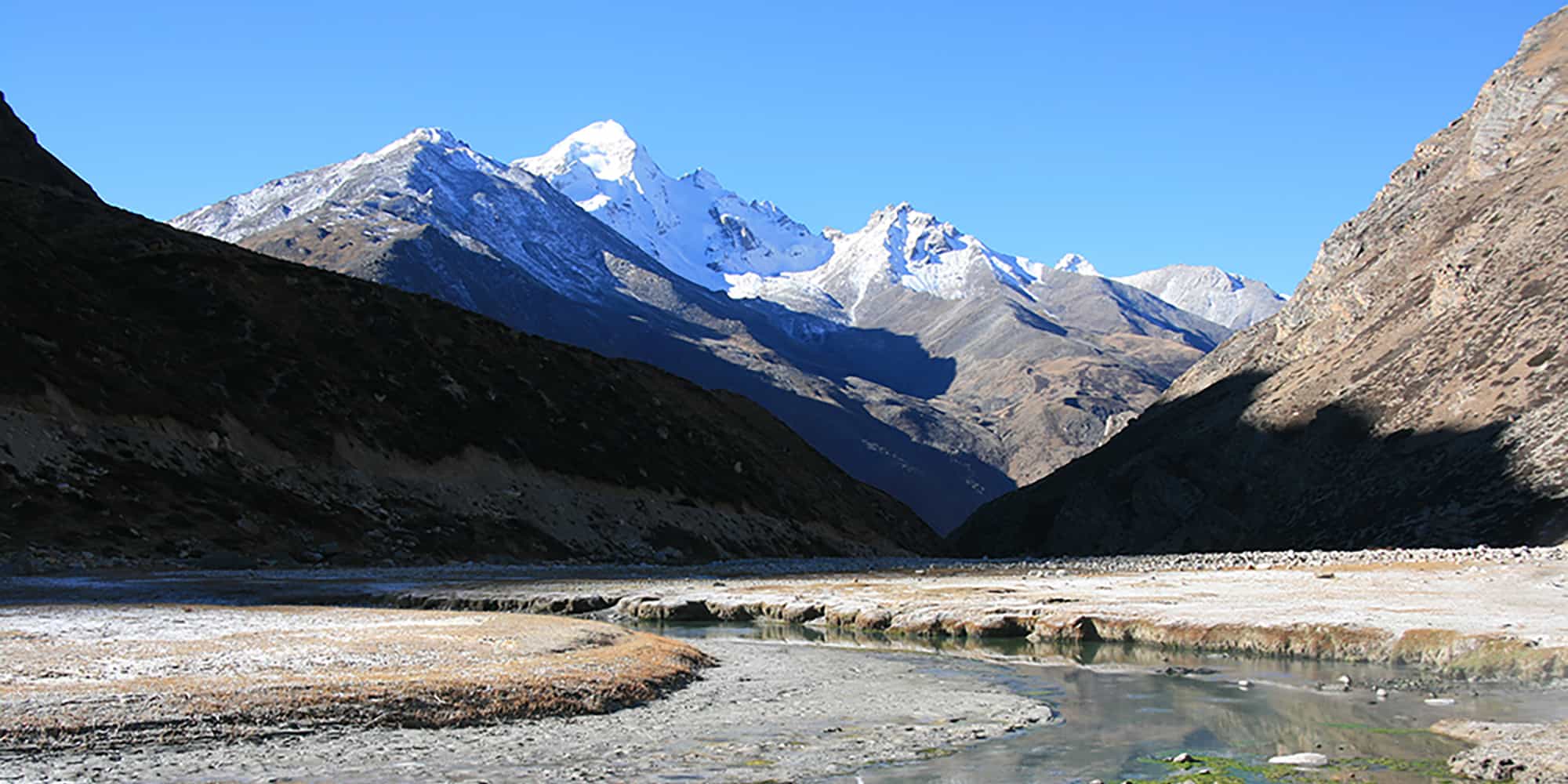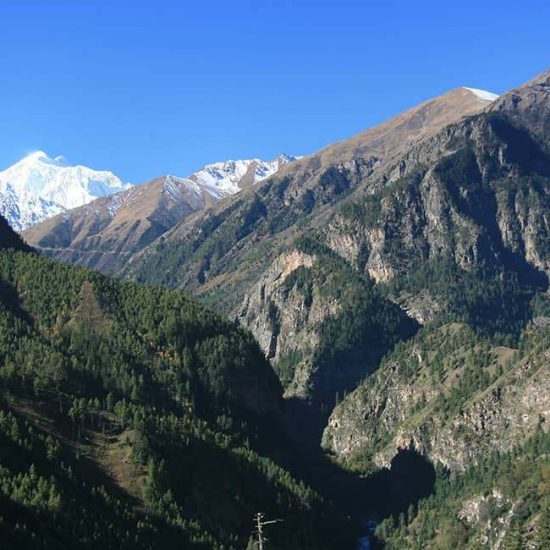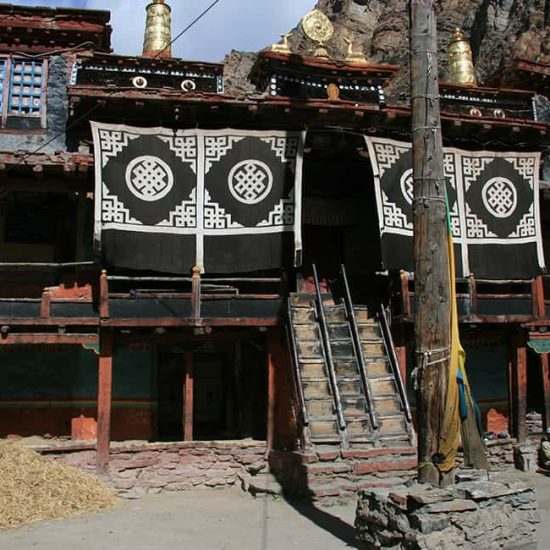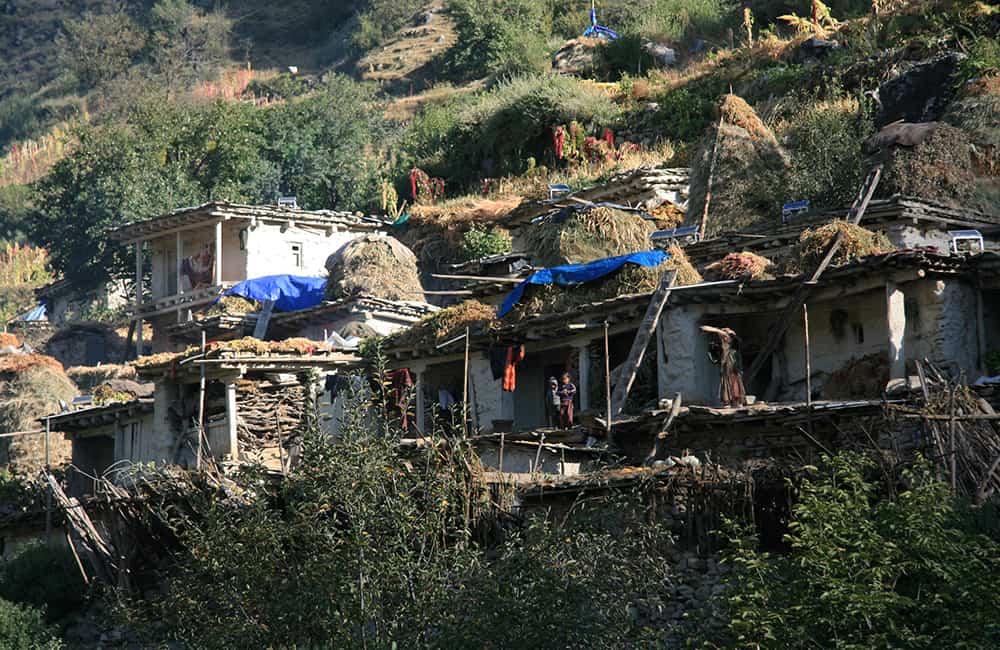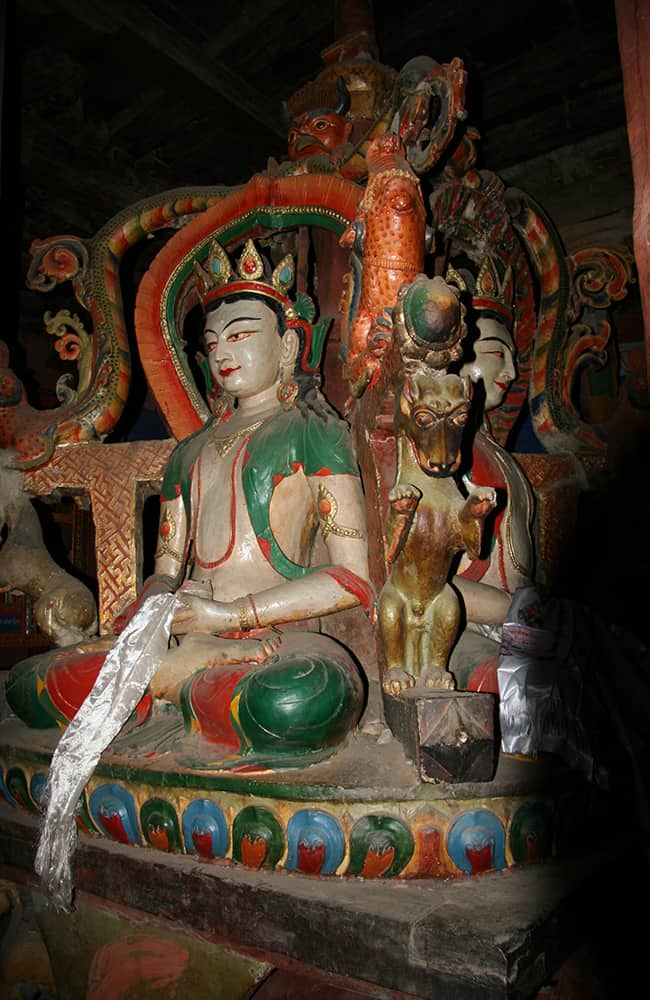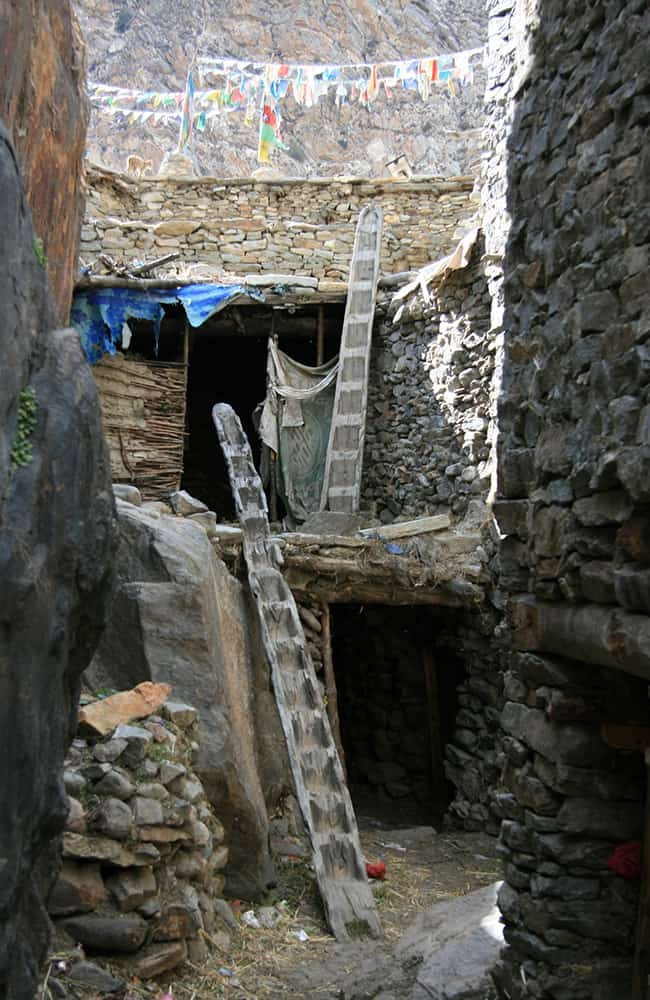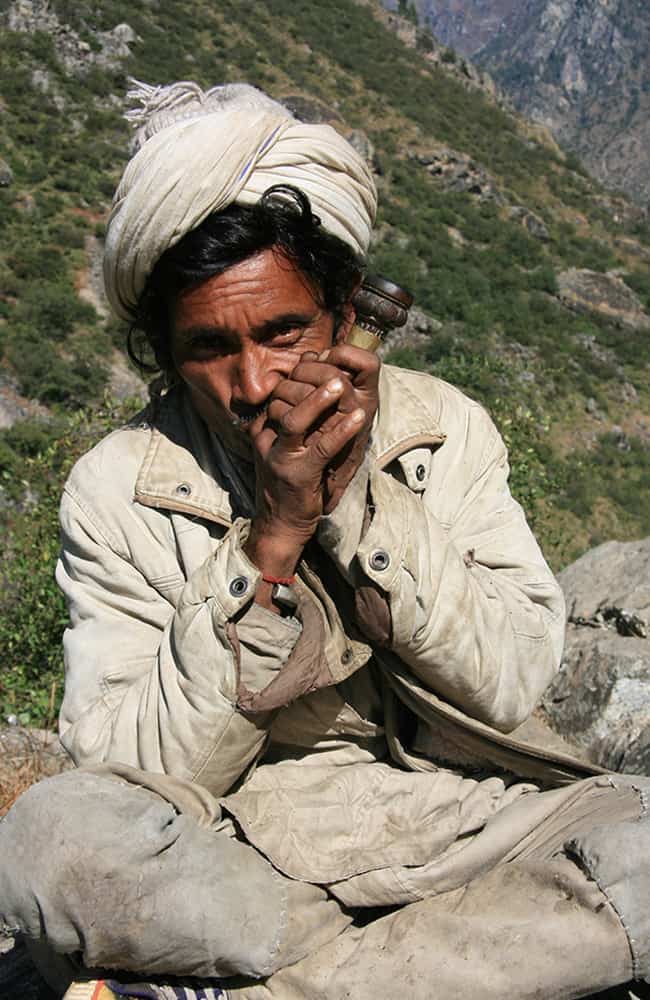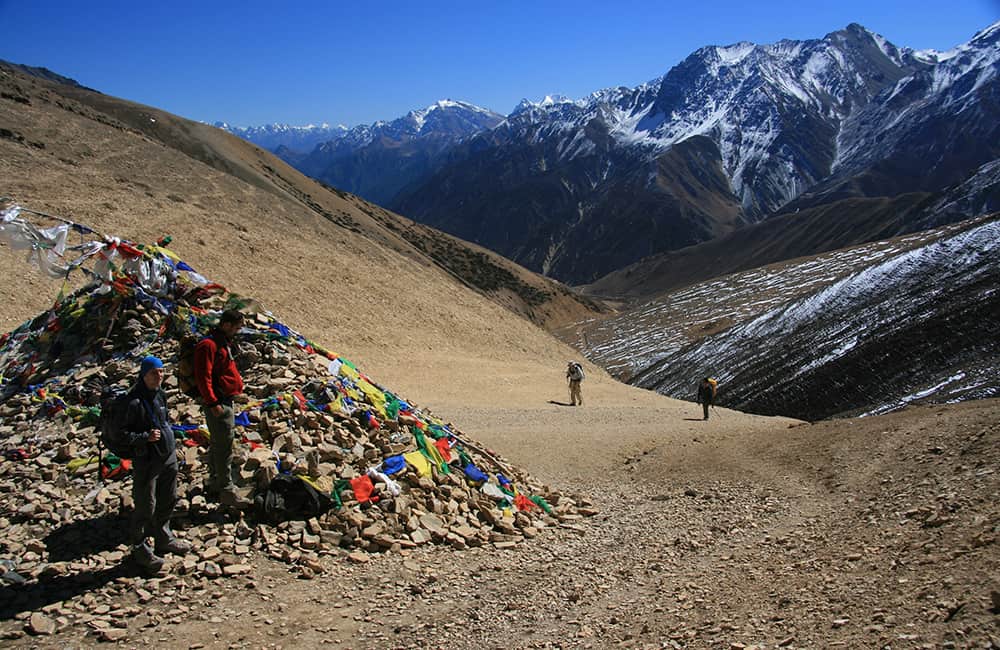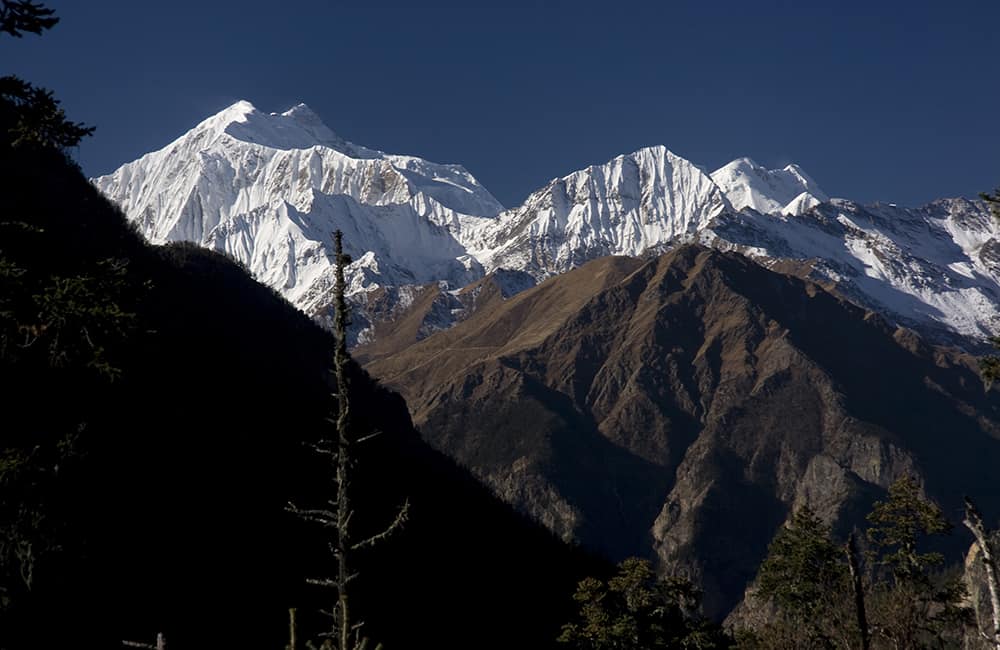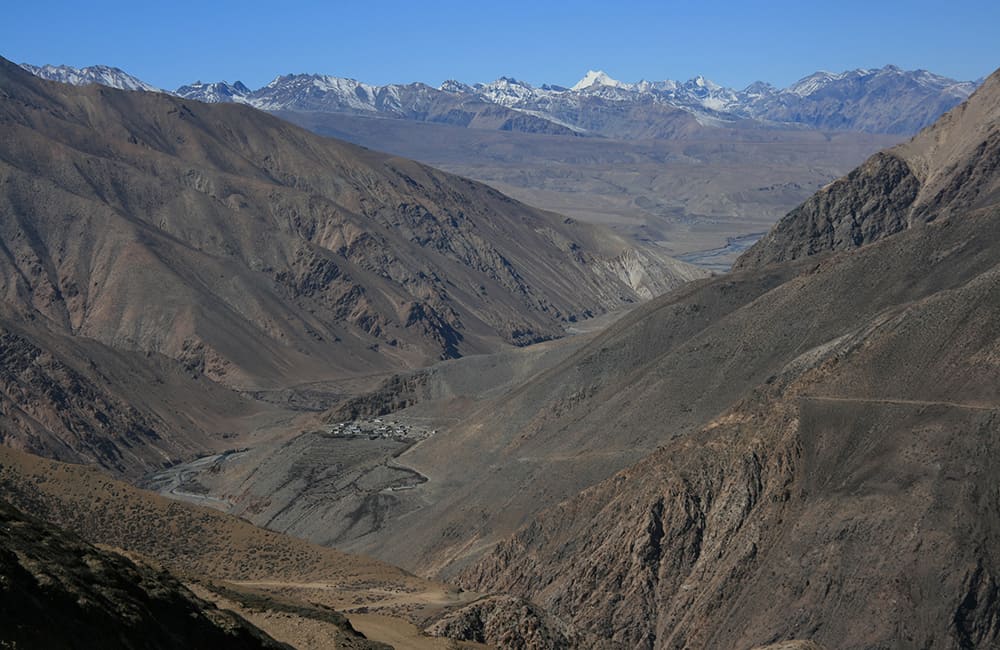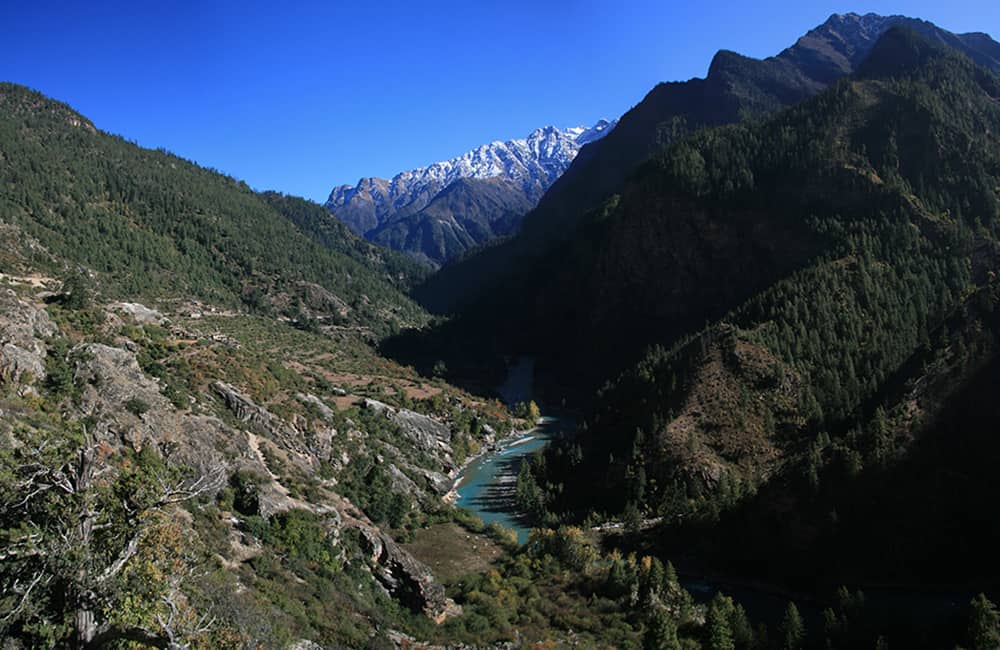1
Day 1: Kathmandu–Nepalgunj All Day
As the flight from Nepalgunj (150m) to Simikot (2985m) leaves before any flights from Kathmandu arrive, you will have to overnight in Nepalgunj. There are some hotels in town and a few, more basic places to stay near the airport. Whichever option you choose it is advisable to book in advance, as they are frequently busy.There isn’t much to see or do in Nepalgunj so most airlines recommend that you book a mid-afternoon flight.
2
Day 2: Nepaljung–Simikot All Day
The flight to Simikot (2985m) offers some great views of the Kanjiroba and Saipal Himals as you follow the Karnali valley north. The airstrip in Simikot has a new surface so the landing is not as bumpy as it used to be. Many groups decide to spend a night in Simikot both to aid acclimatisation and to organise supplies and/or crew. There are many teahouses in and around the town and an extensive bazaar area that attracts locals from all over the region.
3
Day 3: Simikot–Dharapori 4½hrs
A substantial trail winds westwards uphill and away from the village centre. It’s an easy climb for about 300m (3270m, 1hr from the airstrip) to the top where there are a couple of teashops. Then steep switchbacks down through pine forest and then more open hillside as you pass a few homes and another teashop (1hr).From here continue down but do not go all the way to Dharaphaya, which you can see below. From above the village the main trail heads up the Humla Karnali valley on the true left bank and continues to descend towards the river. In an hour pass through Manjgaon, where there is a teashop and where the trail levels out somewhat about 150m above the Karnali. A final short descent to the campsites at Dharapori (2360m) is in another 1½ hours. There is a small campsite beside the trail as you pass a grove of walnut trees, and two larger, grassy sites after you cross a small bridge over the Hepka Khola. The main village is less than 10 minutes further along the trail.
4
Day 4: Dharapori–Sangrak Kermi 4¾hrs
Follow the main trail passing Dharapori village and in about 40 minutes come to a few large rocks at a trail junction, take the left fork where the route descends a little into a gorge section of valley. The Humla Karnali valley turns left into a steep-sided gorge where there is a series of waterfalls called Chaya Chahara (2hrs), which is a popular lunch spot. From here climb some switchbacks to Dhar Kermi (aka Dhad Kermi, 1hr) and then an easier gradient all the way to Sangrak Kermi (2860m). There are some good trailside campsites beneath the village of Sangrak Kermi which is about 1 hour above the main trail.In the narrow valley beside the village is a hot spring (30 mins from campsites) that fills a knee-deep concrete pool. There is a short-cut trail which is best used on your return to camp as it is a little confusing in dense scrub at a few points. The main route to the hot springs goes through the village. Humla BhotiaThe lower valley areas throughout Humla are inhabited by a mix of Khas, Newar and Chhetri people. The higher regions, however, are home to people who are an amalgam of traders, horse and yak breeders and farmers who have arrived in successive waves of migrations from central and western Tibet over the last 12-1400 years. The largest communities are Baragaon and the villages of the Limi valley who all refer to themselves as Bhotia (people from Tibet). These two regions inter-marry and they believe they share a similar ancestry. Polyandry is practiced, though becoming less common, and weddings are formal agreements that may be made when the children are very young or at birth. The ceremony generally takes two to three days and is attended by everyone in the village.Trade is a vital income with many men going to India during the winter months to purchase metal items, wood to make high quality and sough after bowls, and it is alleged, animal parts especially rare species. Salt and general goods are bought from Tibet during the summer months using mule, dzo and large herds of goats as pack animals.Losar, the New Year festival, is celebrated for 15 days but the community is separated into groups – men for the first 3 days, women over 40 for the next 3 days, younger women for the 3 days after that, then school children for the next 3 days, and the final 3 days is for monks and gompa attendants.Saga Dawa, a festival to celebrate Buddha Enlightenment, is a large feast at which all of the 36 gompa lamas plus a guest lama must be present. If only one is missing then the host (each year a household) must pay a large fine to the village and gompa.Rimche, the main village festival includes lama dancing and is celebrated on the Feb-Mar full moon for 3 days (day 1 is preparation and cleansing). The festival celebrates the victory of Buddhism over minor faiths and features a victorious Padmasambhava mask dance.
5
Day 5: Sangrak Kermi–Taplun (Yalwang) 4½hrs
Begin with a long easy ascent on a trail with little shade for an hour to Okharthala, then patchy pine forest for another hour to Salli Kudh (3143m), a minor pass with prayer flags and views back down the valley. The pass is atop a peninsula around which massive cliffs rise from the turquoise Humla Karnali. Descend for 30 minutes (en route pass a flat area with an unreliable water supply) to the Salli Khola, which you cross on a long suspension bridge to a flat area that makes a good lunch spot. Follow the road/trail to a large flat area beside the river – a popular halt for mule trains – in another hour. Then it is a gradual climb to Taplun (Yalwang, 3060m, 1hr), a scattered community on a large south-facing hillside. On the far side of the village is a gompa and school where you can camp in the grounds.
6
Day 6: Taplun–Tumkot 5hrs
The trail winds around a rocky ridge before descending to Yalbang village (30 mins), a pretty Buddhist settlement at the entrance to another gorge section of the Humla Karnali. Sheer rock walls rise from the rushing turquoise river that is said to pre-date the Himalaya. Occasional glimpses of snow-capped mountains dwarf the minor ups and downs as the trail undulates to avoid rocky bluffs.In 1¾ hours from Yalbang reach a small copse near the end of the gorge section. In another 30 minutes cross a wooden bridge to the true right (south) bank then it’s a gradual climb to Muchu village (30 mins) where the valley is considerably wider. Cross a small watercourse to Chhuigan village and then descend gradually to Tumkot Khola and a good campsite (3073m, 45 mins). On the pointy hill above is a Sakya gompa, ask locals if the key holder is around before going.
7
Day 7: Tumkot–Yarig (Yari) 4¼hrs
From the end of the campsite, the trail enters a small gorge and climbs switchbacks for about 400m (3467m, 1½hrs) to a minor pass marked by a cairn and prayer flags called Pathalna by locals. Here the gradient eases and continues to follow the under-construction road to Palbang (3472m, 1hr) where there are a couple of shabby teashops. Then a gradual ascent to the Yari valley where the trail flattens to a cluster of homes (3663m, 1¾hrs) where there are normally fallow fields to camp on. Note the old village is in the valley below (10 mins) but campsites are very limited.NOTE: The route via Nim (aka Nyam) to Kit (via Sarpe La) is now closed as it was a smuggling route. The trail is closed 1km before Kit and any pack animals must be accompanied by a Nepali with a passport as they have to take a trail on the Chinese side of the border – the trail on the Nepal side is only for humans and not accessible for pack animals. Chinese patrol the entire border region and are discouraging locals from yarsagungha hunting and grazing.NOTE: There is a potential high route from Ustan/Nim to Saipal Khola, which locals say is open from May to September. For more information, contact Changchok Lama (from Ustan) who takes yaks to Saipal to trade. He says there are 3 route options over Saipal Dada depending on snow conditions. The first pass (main ridge) is very steep on the Saipal side, cut across the headwaters of the Thado Khola, then easy ascent and descent direct to Saipal Khola. It is important to note that crossing to Tinkar from Saipal not allowed by Chinese who patrol the area as it has a disputed border with India.
8
Day 8: Yarig (Yari)–Hilsa (Yulsa) 6hrs
The trail descends a little past the main Yari village area (10 mins) before beginning the climb up an easy gradient to Jogi Odar (4052m, 1½hrs) where there is a series of tent platforms carved beside the new road route and a couple of teashops.The gradient steepens a little before entering a shallow valley called Shiv Shiv (aka Sip Sip) and has a couple of disused kharka and a potential campsite full of broken bottles. The last section is a steep ascent to Nara La (4560m, 2hrs) with views of Saipal and Muztagh Ata ranges. Descend crossing the road a few times before following it on a long gradual descent across barren hillside. Come to a point where the main trail descends rapidly down scree or you can continue on the longer road route. If you take the scree shortcut, you will arrive in Hilsa (Yulsa) (3647m) in 2½ hours from the pass; the road route takes another 45 minutes. There are no good campsites in Hilsa (Yulsa), but there are two local teahouses and another new one is being built. The sealed road to Taklakot and the Chinese border post are on the far side of the river, so don’t be surprised if you see the occasional Chinese tourists in town!
9
Day 9: Hilsa (Yulsa)–Manepeme 4½hrs
Cross the squeaky suspension bridge, but avoid the border area and climb the scree slope on the far bank for about 320m (1½hrs) to the main trail from Taklakot to Halji. Locals in Hilsa (Yulsa) ask for donations from tourists, saying they want to spend the money to improve the almost non-existent trail up the scree slope.Once on the main trail turn right (east) and continue to climb more gradually for an hour to a high point marked by prayer flags. From here the trail undulates between 3950m and 4080m for 2½ hours to a short descent on switchbacks soon followed by the campsite at Manepeme (3950m) so called because of a large boulder engraved with the Buddhist prayer, Om Mani Padmi Hum. Day 10: Manepeme–Tiljung (Til Khola) 5½hrsTake your time along the easy trail and see if you can spot Himalayan Griffon and Lammergeyer cruising on thermals first thing in the morning. It will take about an hour to reach the beginning of today’s climb at a point where the cliffs rise 2000m from the distant rumbling of the Karnali below. You don’t have to climb to the top of them as the trail traverses across rocky bluffs and it makes for some great views throughout the day. After 1½ hours you come to a slight basin (4050m) where the main donkey trail climbs switchbacks and another ‘human’ trail traverses right, around cliffs. It is actually not very exposed but those with vertigo should avoid this route. In 30 minutes round a rocky bluff high above the confluence of the Limi Khola and Karnali, and find the remains of a hermitage. There are the remains of a few buildings, some chorten and frescoes nestled against an immense cliff-face, called Chay Gompa. This is a great lunch spot.After a short traverse away from the hermitage, climb switchbacks to a minor pass, Jhonbo La (4230m, 30 mins). In another 20 minutes you join the main trail, which becomes an undulating route to the Til valley. The main ridge into the valley is marked by some chorten, mani stones, yak skulls and horns with Om Mani Padme Hum carved on them.Descend easy switchbacks to some terraces and more chorten where you then turn right and descend to the Til Khola to where it joins the main Limi Khola. There is a large dusty campsite called Tiljung (3577m, 100 mins) at the confluence.
10
Day 11: Tiljung–Halji 2hrs
Cross the upstream bridge, which you can see a little upstream from the campsite, to the true left (south) bank of the Limi Khola and follow an easy trail. Reach another campsite (3627m, 40 mins) surrounded by a wall at the base of vertical canyon walls. The easy trail continues for another hour to a bridge back to the true right (north) bank of the Limi Khola and the outskirts of Halji village (3741m, 20 mins from bridge). The campsite is on the far side of terraced fields away from the village, near the health post. Til’s YetiLong ago a woman went to light candles in Til gompa. On the way she was chased by a yeti and only just made it to the gompa. As the yeti was almost upon her she accidentally spilt yak butter on herself and as she tried to rub it off the yeti started mimicking her. As the yeti smeared butter on its face the woman quickly lit a match and set light to the yeti’s hair, which sent it screaming to the hills never to be seen again. Rincheling GompaRinchenling Gompa in the centre of the village belongs to the Drepung Kagyupa Sect, which is linked to gompas in Ladakh. The first building contains a large prayer wheel and statues of Avolkishwara, Sakyatua, Chenrisig and Guru Rinpoche (Padmasambhava).In the ground floor of the west room is a 4m high wooden statue of the four cardinal point Buddhas surrounded by twelve more Buddhas. All are wooden and said to be 1050 years old. Locals believe they were created at the time when the Ladakhi-based Lama Lotsarinchen Sanu Polanamo, the “Great Translator”, consecrated this and 107 other gompas that he built in his lifetime. The shrine room above contains many masks for the Rimche Festival and two statues of Chesuda (one seated on horse and one standing). Ghost ridersLong ago Lama Palme (maybe this is the local name of Lotsarinchen Sanu Polanamo?) arrived in the Limi valley at Takchhe. At the time the residents were fighting each other (there is a long history of feuding in the Limi valley) and the community at Takchhe was the largest and most violent. The locals killed all the Lama’s pack animals and in fear of his life he retreated to a meditation cave. He chanted and threw his prayer beads into the air. As they hit the ground all the locals who had committed crimes died.The Lama led the remaining faithful down to Halji where they were haunted by ghost riders each night. As the ghosts would not leave the residents alone the Lama chanted in a sunny place above the village (some chorten mark the spot below a cliff line) and impeached Chesuda to protect them and the ghost riders went away.To this day it is believed that every family must pray to Chesuda each day otherwise the ghost riders will return. Even villagers who now live in Kathmandu or overseas still pay their respects to Chesuda.
11
Day 12: Halji–Tholing 6hrs
The trail out of the eastern side of the village winds up a rocky valley with occasional grazing areas for 2 hours, before you reach Sunkarni, where a new police post is being built.The craggy canyon continues for another 2 hours to Dzang (aka Jang, 3990m) where there is a large gompa and pretty houses. Immediately after the village the trail climbs and in 30 minutes you reach new road construction and a large alpine valley where there is a small hot springs at 4063m.Continue along the impressive flat-bottomed valley for 1½ hours to a couple of buildings called Tholing (4152m), which is a convenient and comfortable campsite.
12
Day 13: Tholing–Talun (Limi) Khola 5½hrs
The valley broadens before Takchhe where there is another hot spring bubbling beside the river; however, it is not possible to bathe here. There are many deserted buildings in this section of the valley, which was the first settlement in the region.The surrounding hills and large moraine deposits make this feel like a dead end, but to your south what may look like patches of snow on moraine is in fact a massive sand dune over which you must climb to a large shallow lake (1½hrs). If the lake waters have receded, head straight for a trail that climbs above the eastern shoreline. Otherwise it is quite a long walk around boggy ground to meet the trail. The trail doesn’t climb much above the shoreline and eventually descends at the far end of the lake to some scattered kharka (4173m, 1½hrs). Ahead, the Talun Khola valley rises in a series of moraine steps created by intersecting glaciers, which have long gone. Each is an easy climb to a flat section of valley and in 2 hours you reach some rocks painted with ‘Limi Campsite’ but, if you have the energy and time available, continue for another 30 minutes to a slightly higher camp at 4380m.
13
Day 14: Talun (Limi) Khola–Salli Khola 4hrs
Get an early start for the short walk to the bottom of a long series of switchbacks that climbs to a cairn (4834m, 1¾hrs) where there are great views of the Talun valley and Lubuchela Himal. Here the gradient eases as you wind through some lumpy moraine to the base of the final climb to Nyalu La (5001m, 45 mins). Descend past the Selima Dada, a pretty turquoise lake, to a small moraine lip at its southern end (4565m, 45 mins). A steep and rocky descent into a large flat-bottomed valley and potential campsite (4100m) takes 45 minutes. If you want to catch good views of the Saipal Himal, it’s best to camp here rather than continuing down the valley.
14
Day 15: Salli Khola–Sangrak Kermi 5½hrs
Follow a section of road that heads down the true left (east) side of the valley floor before descending through pine forest to another potential campsite beside the Salli Khola (3811m, 1hr). It is now a delightful descent through silver birch and pine forest with views of the Saipal Himal to your south. After 1½ hours, pass another potential campsite (3387m) beside the trail. From here there are occasional steeper sections as the valley gradually narrows.At 3109m (45 mins) cross a wooden bridge to the true right (west) bank and descend a little further before climbing to the Salli Khad pass (3144m, 35 mins), which you crossed on day 5 of this trek and where you rejoin the main trail to Simikot. It is an easy 1½-hour descent to the campsites at Sangrak Kermi (2860m).
15
Day 16: Sangrak Kermi–Simikot 6½hrs
You may choose to break today into two short sections but if you have the energy it is not too far to get to Simikot by the afternoon. Follow the main trail as you descend past the waterfalls at Chaya Chahara (1¾hrs) and then on to Dharapori (1hr).From here it’s all up to the minor pass above Simikot (3hrs) before the final 30-minute downhill to the teahouses and airstrip.
16
Day 17: Simikot–Nepalgunj–Kathmandu All Day
There are daily flights from Simikot to Nepalgunj and you should try to book seats on the first flight so that you can connect easily to Kathmandu the same day.

